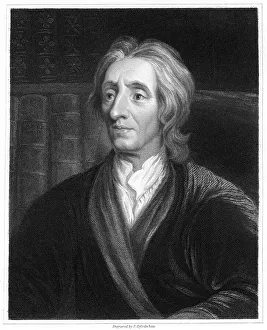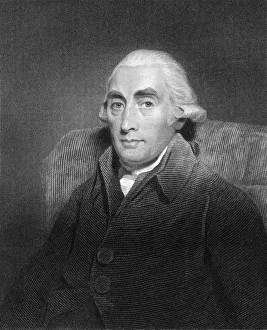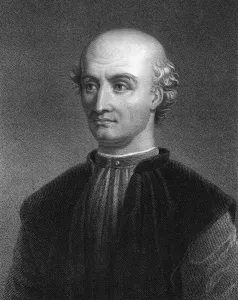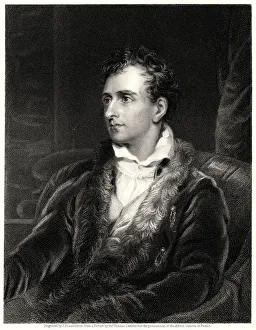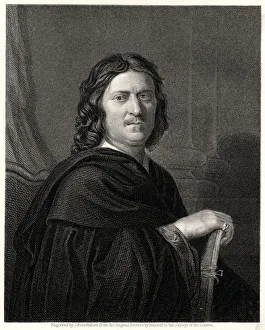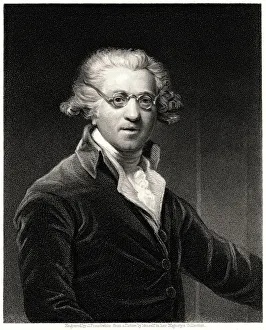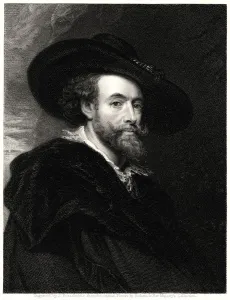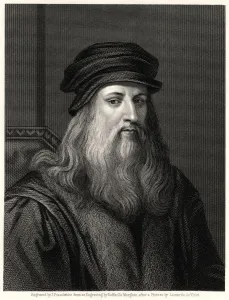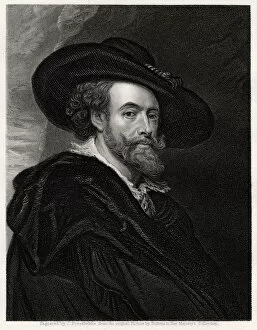James Posselwhite Collection
James Posselwhite, a talented artist of the 19th century, captured the essence of renowned historical figures through his exquisite paintings
All Professionally Made to Order for Quick Shipping
James Posselwhite, a talented artist of the 19th century, captured the essence of renowned historical figures through his exquisite paintings. In his artwork, he immortalized Richard Arkwright, an influential British industrialist and inventor who revolutionized the textile industry. With meticulous brushstrokes, Posselwhite depicted Sir William Jones, an English philologist whose linguistic contributions shaped our understanding of ancient languages. Posselwhite's artistic prowess extended to scientific luminaries as well. His portrayal of Joseph Black showcased the Scottish physicist and chemist's groundbreaking discoveries in heat and gases during the 18th century. Additionally, Posselwhite paid homage to Abbe Charles-Michel de l'Epee, a compassionate French educator who pioneered methods for educating deaf individuals. The Italian Renaissance architect Donato Bramante also found himself under Posselwhite's masterful hand. Through careful attention to detail and architectural precision in his painting, Posselwhite celebrated Bramante's enduring legacy. Not limited to historical figures from centuries past, James Posselwhite ventured into capturing prominent personalities closer to his own time. He skillfully portrayed Thomas Hobbes - an eminent English philosopher known for his profound insights on human nature - with depth and contemplation. Amongst politicians immortalized by Posselwhite was William Pitt the Younger; his portrait radiated leadership and determination as he steered Britain through tumultuous times in the early 19th century. Possessing versatility beyond compare, it also delved into sculptural artistry within his paintings. His rendition of Canova showcased this famed Italian sculptor's ability to breathe life into marble masterpieces that still captivate audiences today. Poussin became another subject of fascination for Posselwhite as he sought to capture this influential painter's mastery over composition and storytelling within each canvas stroke. Similarly inspired by great artists before him was Sir Joshua Reynolds.



